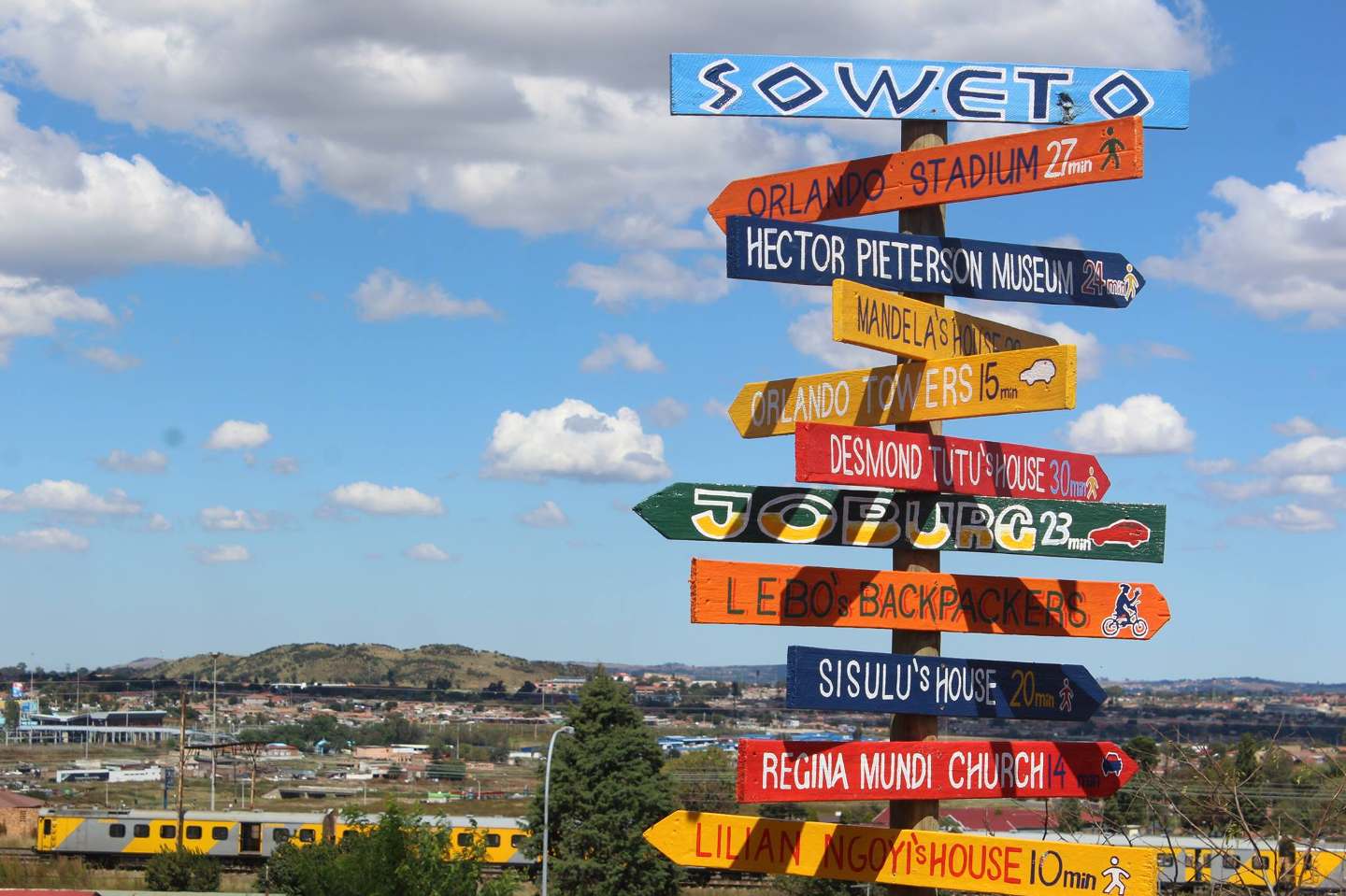The restaurant boasts Mediterranean and local cuisine with a Menu that caters for all types and all functions, from the Seafood lovers right down to those who enjoy their traditional Samp & Lamb Tripe. With our local and international wine list and divine cocktails you can’t help but walk out a satisfied customer.
History
Soweto was created in the 1930s when the White government started separating Blacks from Whites, creating black “townships”. Blacks were moved away from Johannesburg, to an area separated from White suburbs by a so-called cordon sanitaire (or sanitary corridor) which was usually a river, railway track, industrial area or highway. This was carried out using the infamous Urban Areas Act of 1923.
William Carr, chair of non-European affairs, initiated the naming of Soweto in 1959. He called for a competition to give a collective name to townships dotted around the South-west of Johannesburg. People responded to this competition with great enthusiasm. Among the names suggested to the City Council was KwaMpanza, meaning Mpanza’s place, invoking the name of Mpanza and his role in bringing the plight of Orlando sub tenants to the attention of the City Council. The City Council settled for the acronym SOWETO (South West Townships). The name Soweto was first used in 1963 and within a short period of time, following the 1976 uprising of students in the township, the name became internationally known.[11]
Soweto became the largest Black city in South Africa, but until 1976 its population could have status only as temporary residents, serving as a workforce for Johannesburg. It experienced civil unrest during the Apartheid regime. There were serious riots in 1976, sparked by a ruling that Afrikaans be used in African schools there; the riots were violently suppressed, with 176 striking students killed and more than 1,000 injured. Reforms followed, but riots flared up again in 1985 and continued until the first non-racial elections were held in April 1994. In 2010, South Africa’s oldest township hosted the final of the FIFA World Cup and the attention of more than a billion soccer spectators from all over the world was focused on Soweto.
